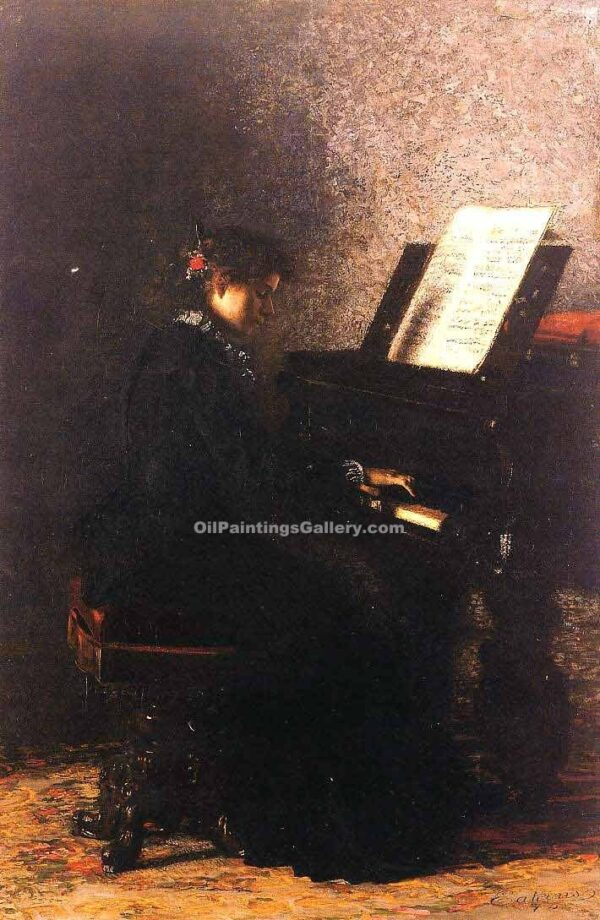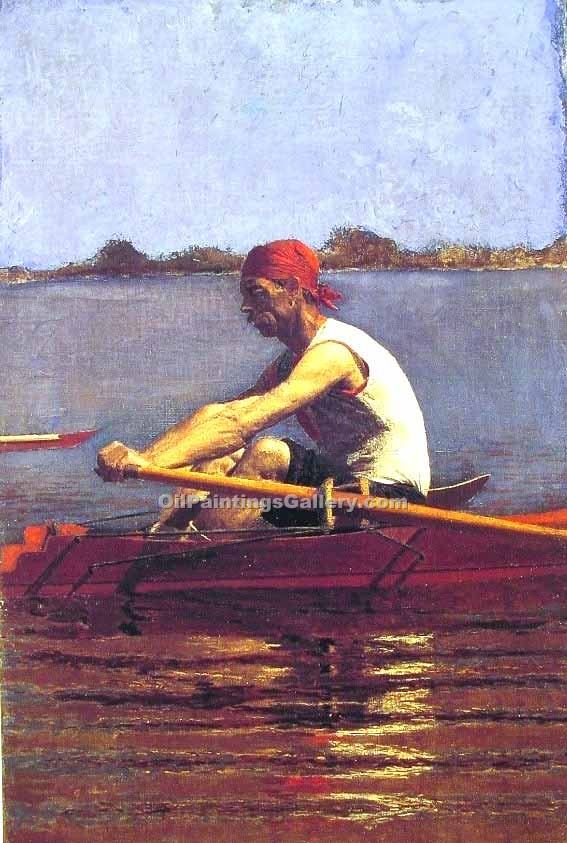Artist: Eakins Thomas America 1844 to 1916
Showing 1–12 of 34 results
Thomas Eakins was born in Philadelphia, where he would consume a large portion of his time on earth. From 1866-70, he made a trip to Paris to concentrate with the French bosses. He gained admission to the esteemed Ecole des Beaux-Arts, and as his training advanced, his letters to his dad uncovered a growing threat with the French scholastic’s distraction with old-style subjects. It was in his movements to Spain that he would find his actual creative partners. While visiting the Prado in Madrid, he found the resonances and free brushstrokes of Diego Velazquez and Jusepe Ribera, both of whom would profoundly influence Eakins’ paintings all through his whole vocation. Today, Eakins is regularly proclaimed as the best American painter of the nineteenth century; his fine art discovered minor achievements in either American assortments or by the pundits. Americans at the time favored the splendid tones and traditional optimism of craftsmen like William Bouguereau and Alexander Cabanel to the sloppy resonances and coarse authenticity of Eakins.











